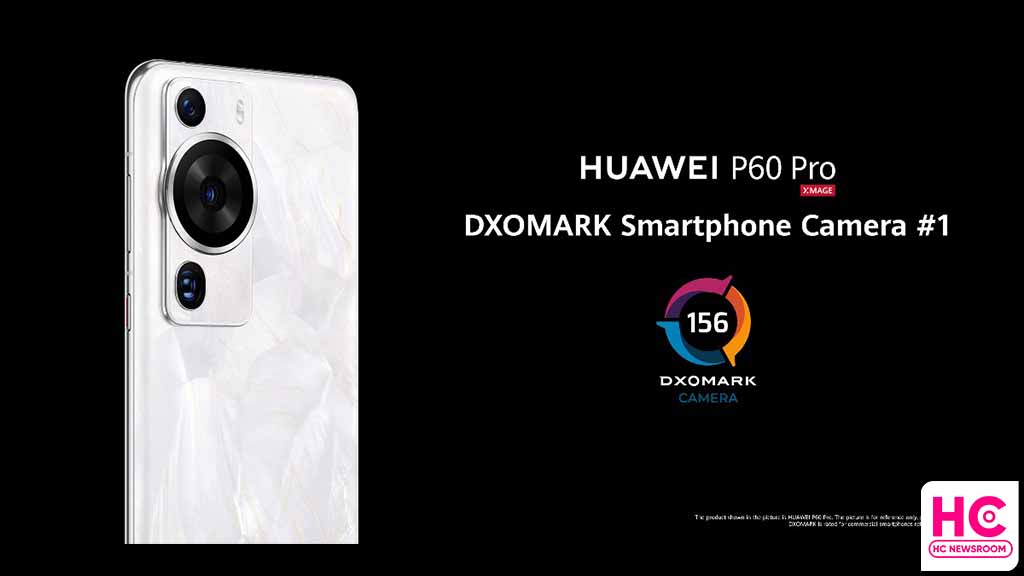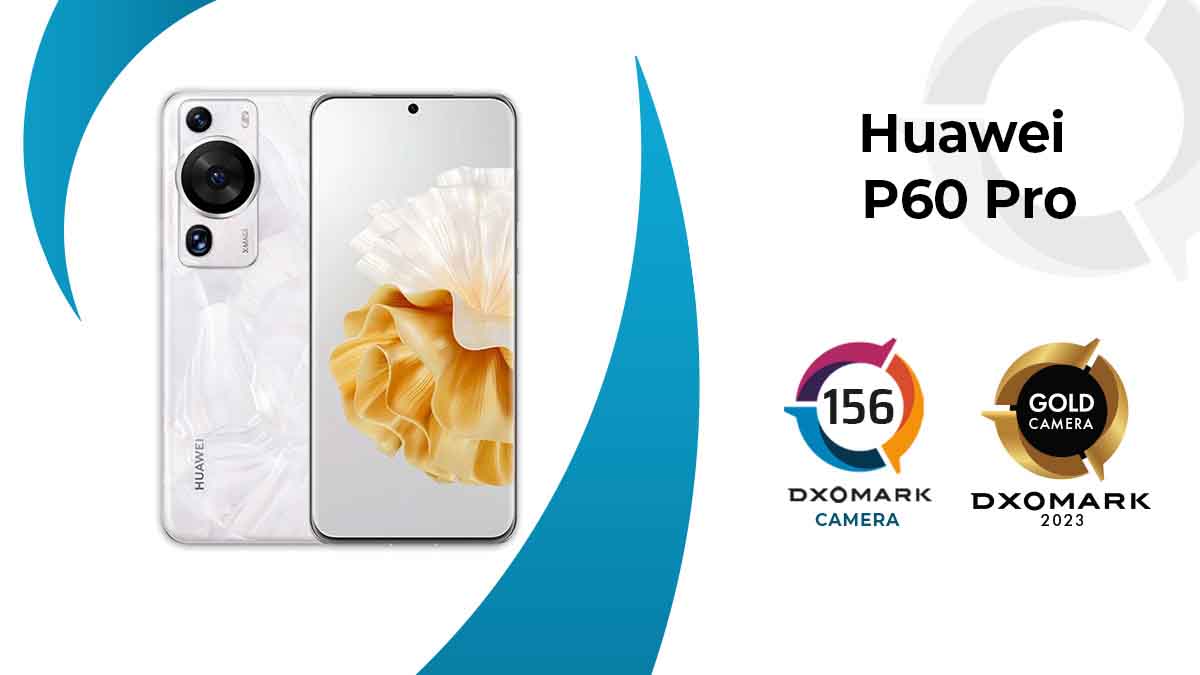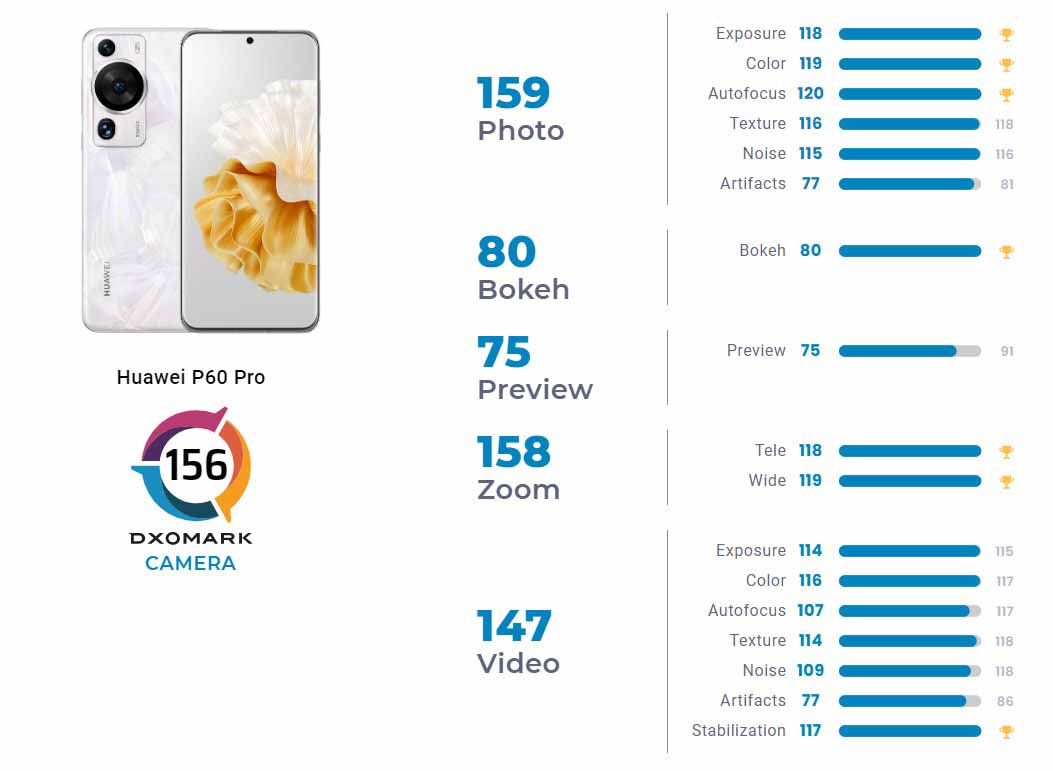Phones
Huawei P60 Pro tops DXOMARK by beating Oppo Find X6 Pro, Honor Magic 5 Pro

Today, Huawei P60 Pro made its global debut and DXOMARK also announced the official camera benchmark. It reveals that the phone has outnumbered the Oppo Find X6 Pro and dethroned it from first place along with Honor Magic 5 Pro.
According to the camera ranking scores, Huawei P60 Pro scored 159 points for the photo. 80 points for the bokeh shots, and 75 points for the preview. While 158 points were obtained for the zoom feature and 147 points for the video section.

The phone is tested in different scenarios including outdoor shots. Which, Huawei P60 Pro scored 171 points, 159 points in indoor shooting, 132 points in lowlight scenarios, and 146 top-scoring points in friends and family photography.
The current point tally reveals Huawei P60 Pro with 156 points for the rear camera. Oppo Find X6 Pro has 153 points for the second spot, Magic 5 Pro has 152 points. Oppo Find X6 comes fourth with 150 points and 149 points for the Huawei Mate 50 Pro.

Camera Specifications:
This flagship phone packs a triple camera system. It consists of a 48 MP Ultra Lighting Camera (F1.4 – F4.0 aperture, OIS). As well as a 13 MP Ultra-Wide Angle Camera (F2.2 aperture) and a 48 MP Ultra Lighting Telephoto Camera (F2.1 aperture, OIS). The camera is using XMAGE-based imaging system and algorithm to improve color and provide brighter images.
Here are some pros and cons of the rear camera found in the review of the Huawei P60 Pro by DXOMARK.
Pros:
Great overall camera performance, making it ideal for all types of pictures and videos in all lighting conditions
Outstanding performance in low-light conditions, capable of freezing motion. Outstanding friends-and-family photos, with accurate skin-tone rendering and captured moments, even in challenging conditions. Variable aperture keeps everyone in a group shot in focus thanks to a large depth of field. High level of details at all zoom ranges. Outstanding performance in macro mode, particularly with the tele camera.
Cons:
Depth estimation differences between the preview of the image and the final capture. Occasional unnatural detail rendering in difficult shooting conditions. Noticeable focusing transitions when taking videos.






